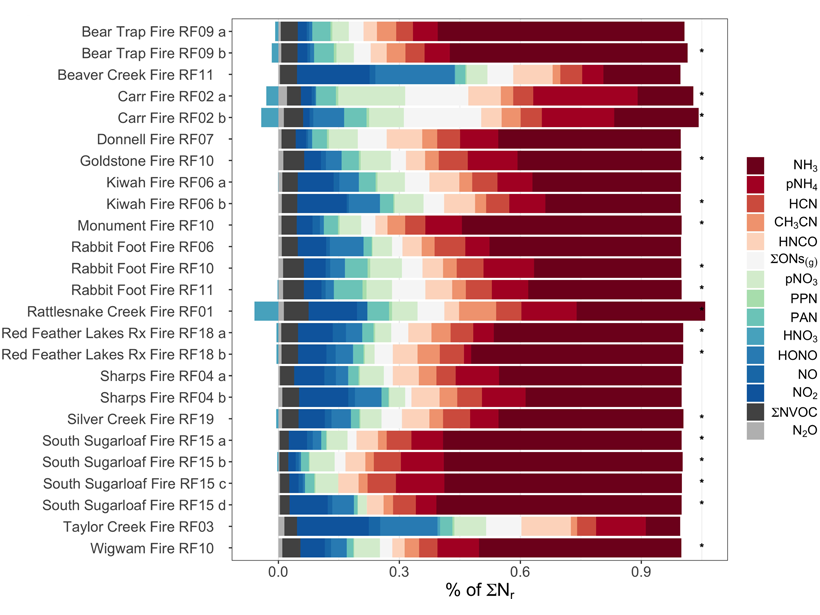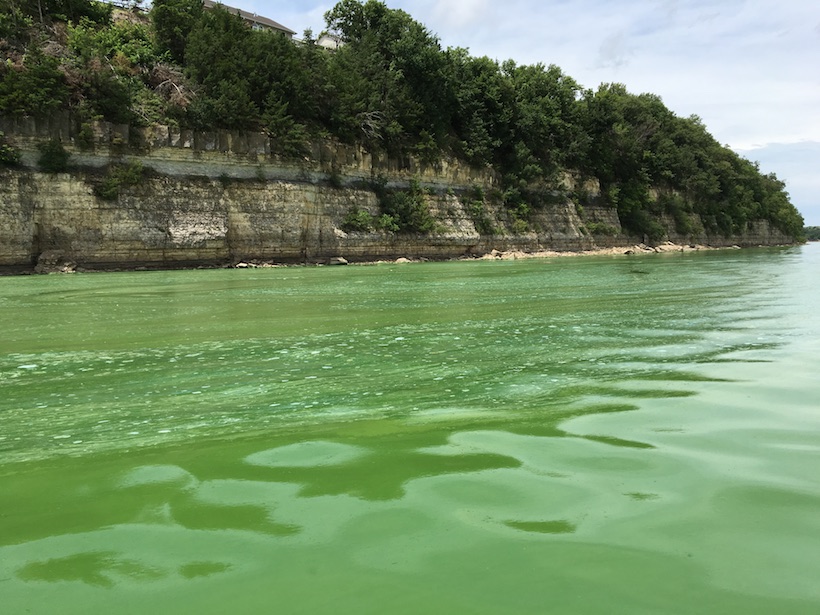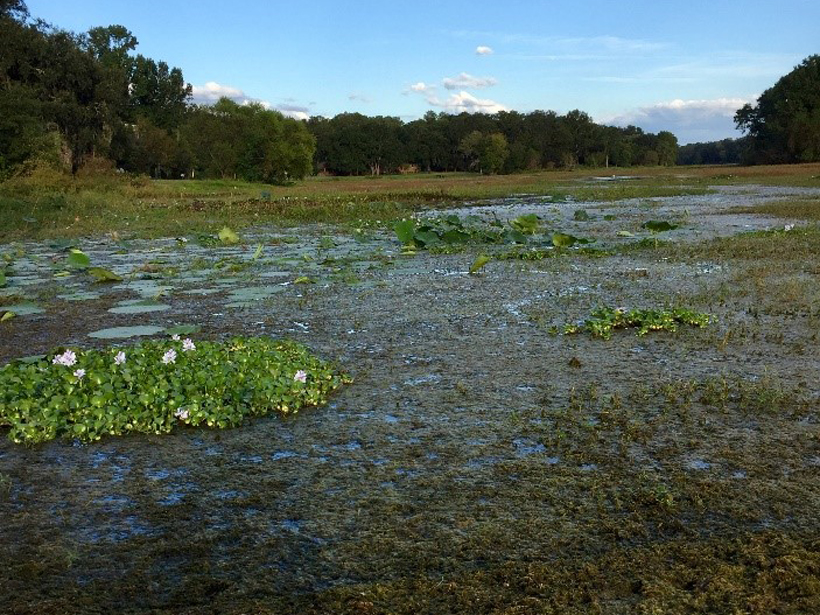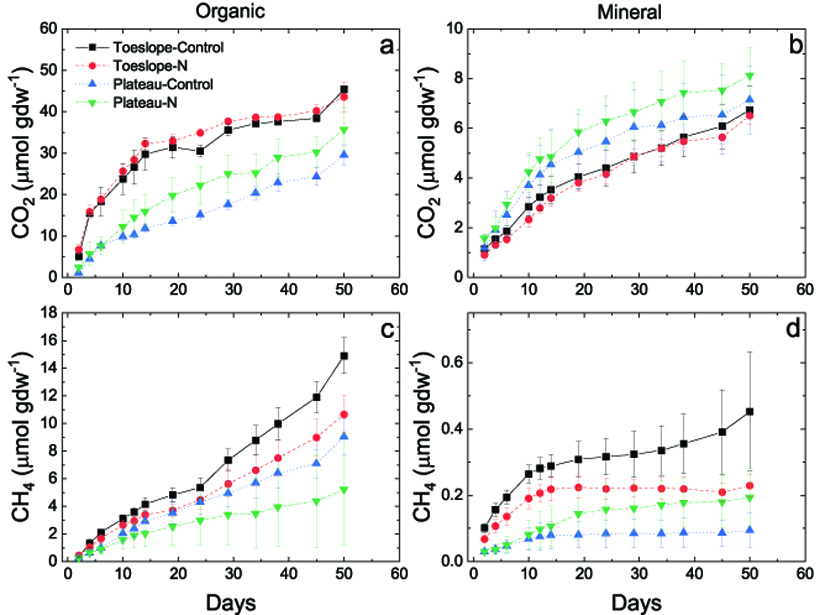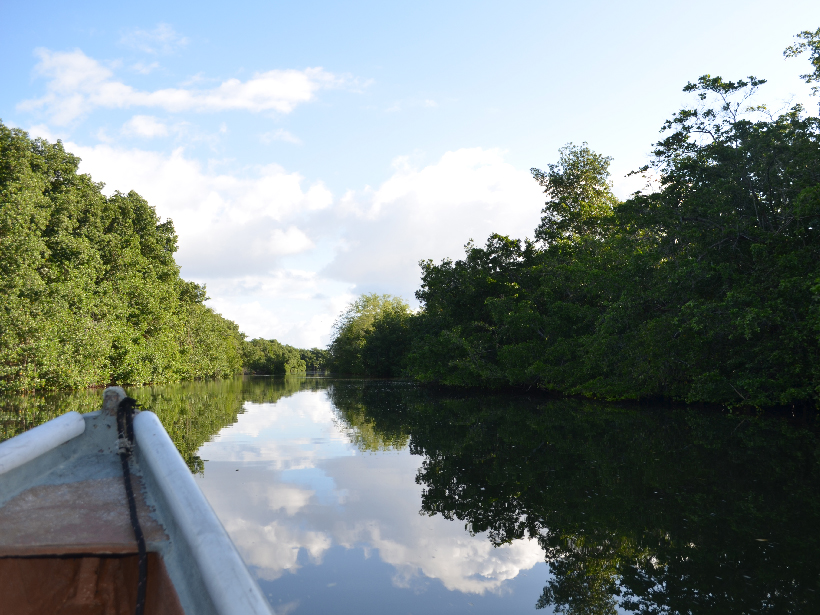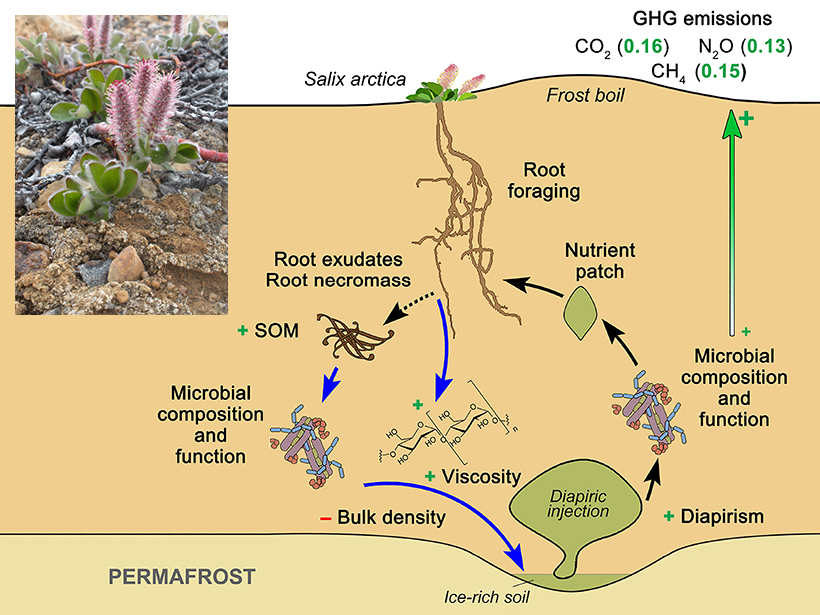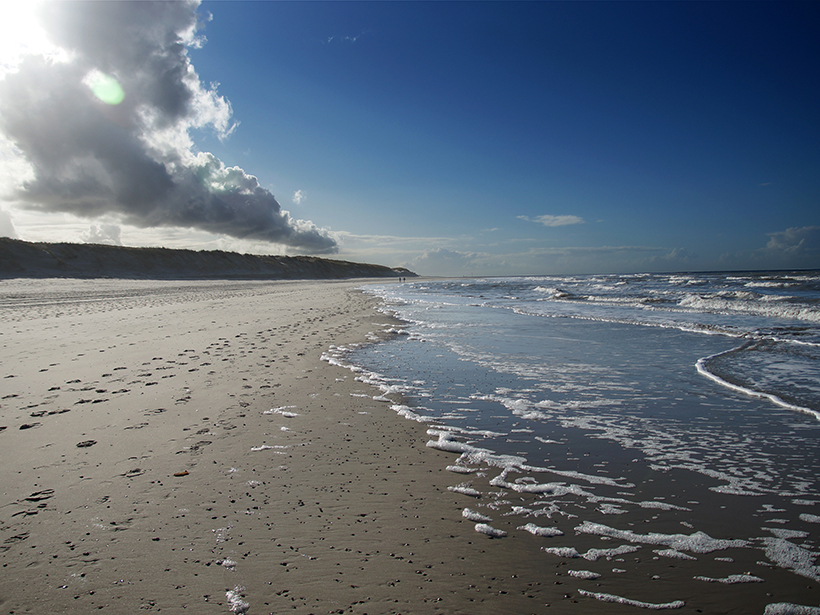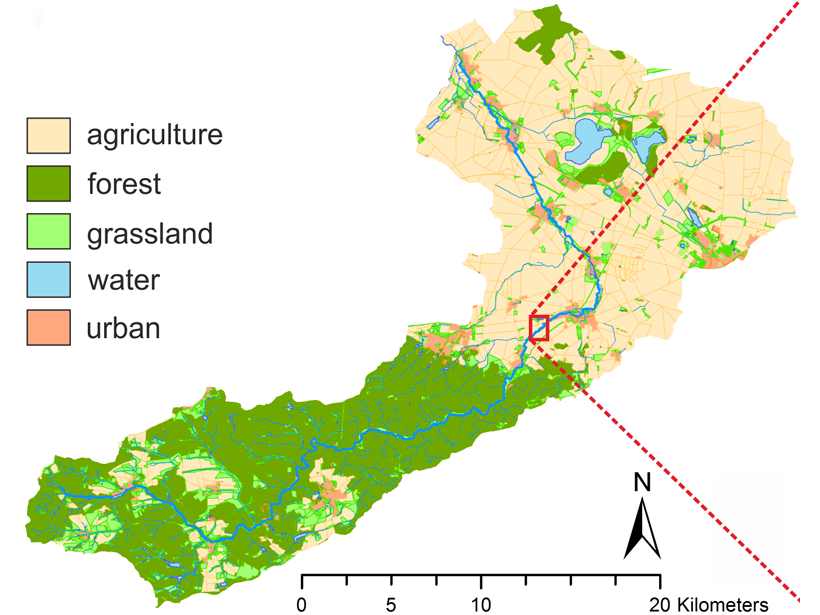In-situ data gathered from an aircraft flying over 23 western US wildfires in 2018 reveal the importance of reduced nitrogen, shedding insights on ozone and aerosol formation from wildfires.
nitrogen
The Legacy of Nitrogen Pollution
Researchers track decades of nitrogen inputs and uptake across the United States, highlighting the need for policy to address the legacy effects of this essential nutrient and pollutant.
Exploring the Widespread Impacts of Ongoing Nitrogen Pollution
The release of reactive nitrogen into the environment is having severe and ongoing ecosystem, economic, and human health impacts. How can we reduce our nitrogen footprint?
Downhill from Here: Landscape Positions and Greenhouse Emissions
In comparing soils from two tundra wetland landscape positions, landscape position is found to matter, and toeslopes are associated with higher greenhouse gas production.
Shedding New Light on the Nitrogen Cycle in the Dark Ocean
Researchers find that the key players in nitrification may already be known.
Linking Hydrology and Biogeochemistry in a Tropical Urban Estuary
Low-lying coastal estuaries are intertwined with tropical cities around the world. Yet little is known about these water bodies, which affect millions of people globally.
Floating Patches of Soil Nutrients in Soil Help Explain Arctic Thawing
Nutrient-rich diapirs have a complex relationship with soil microbes and play an important role in carbon and nitrogen nutrient cycling, making them crucial for understanding feedbacks in the Arctic.
Microbial Mechanisms Change with the Seasons
Microbes living in the sand on a barrier island alter the way they break down organic matter as their environment changes throughout the year, which has implications for the surrounding water column.
Mapping Nutrient Inputs in the Great Lakes Basin
A new tool links nitrogen and phosphorus applications to land use classifications to better understand where and how much of the nutrients enter watersheds in the U.S. Great Lakes Basin.
New Isotope Model Predicts Denitrification from Riparian Zones
A new model quantifies the relative contributions of denitrification and other processes of nitrogen uptake, such as by plants, from groundwater in riparian areas around streams.

